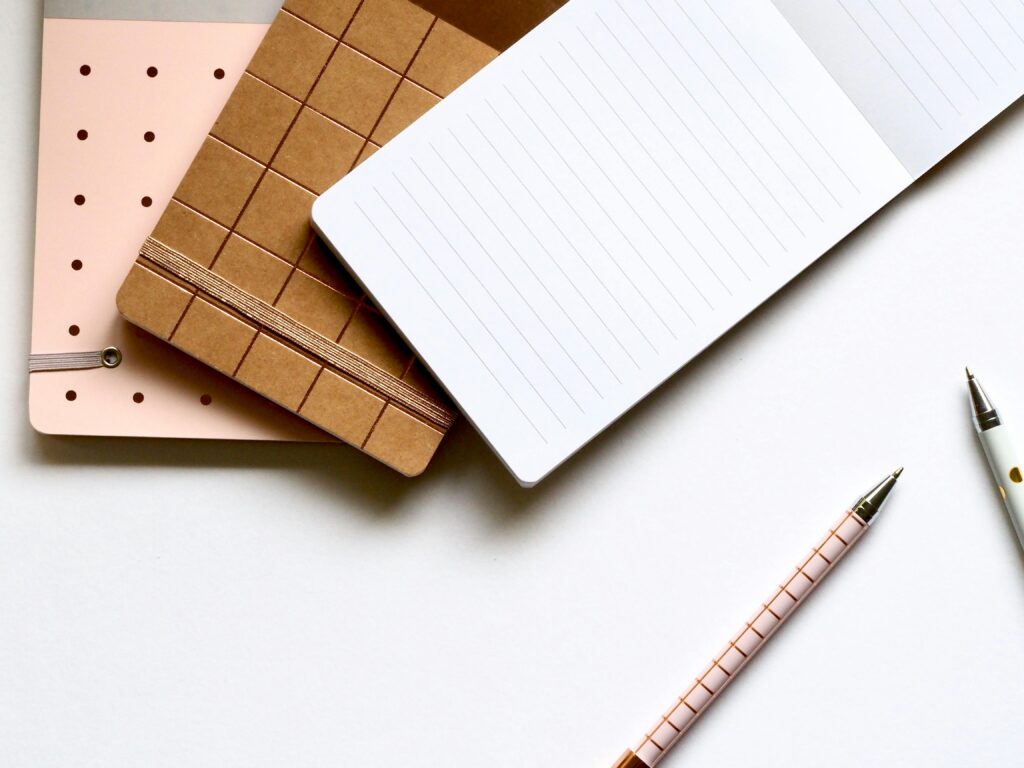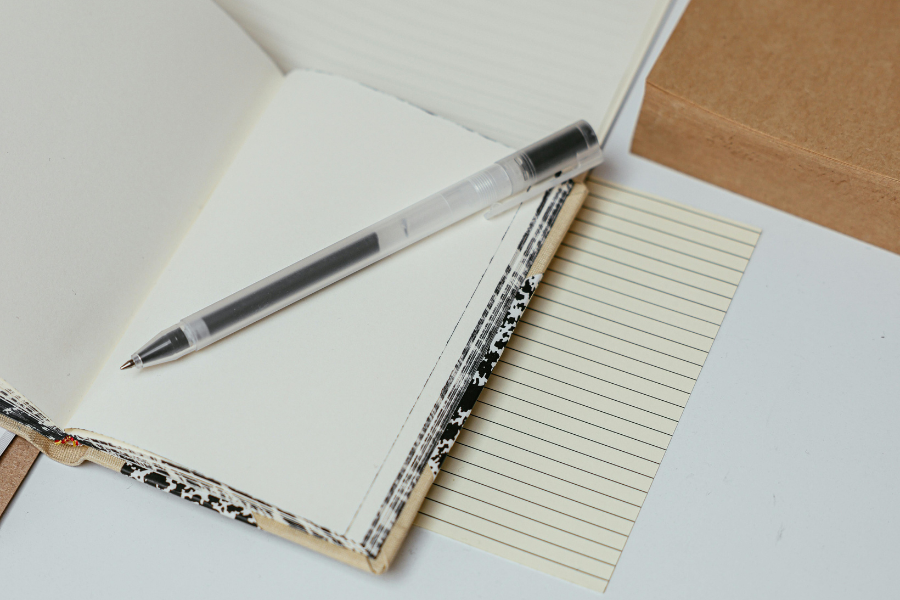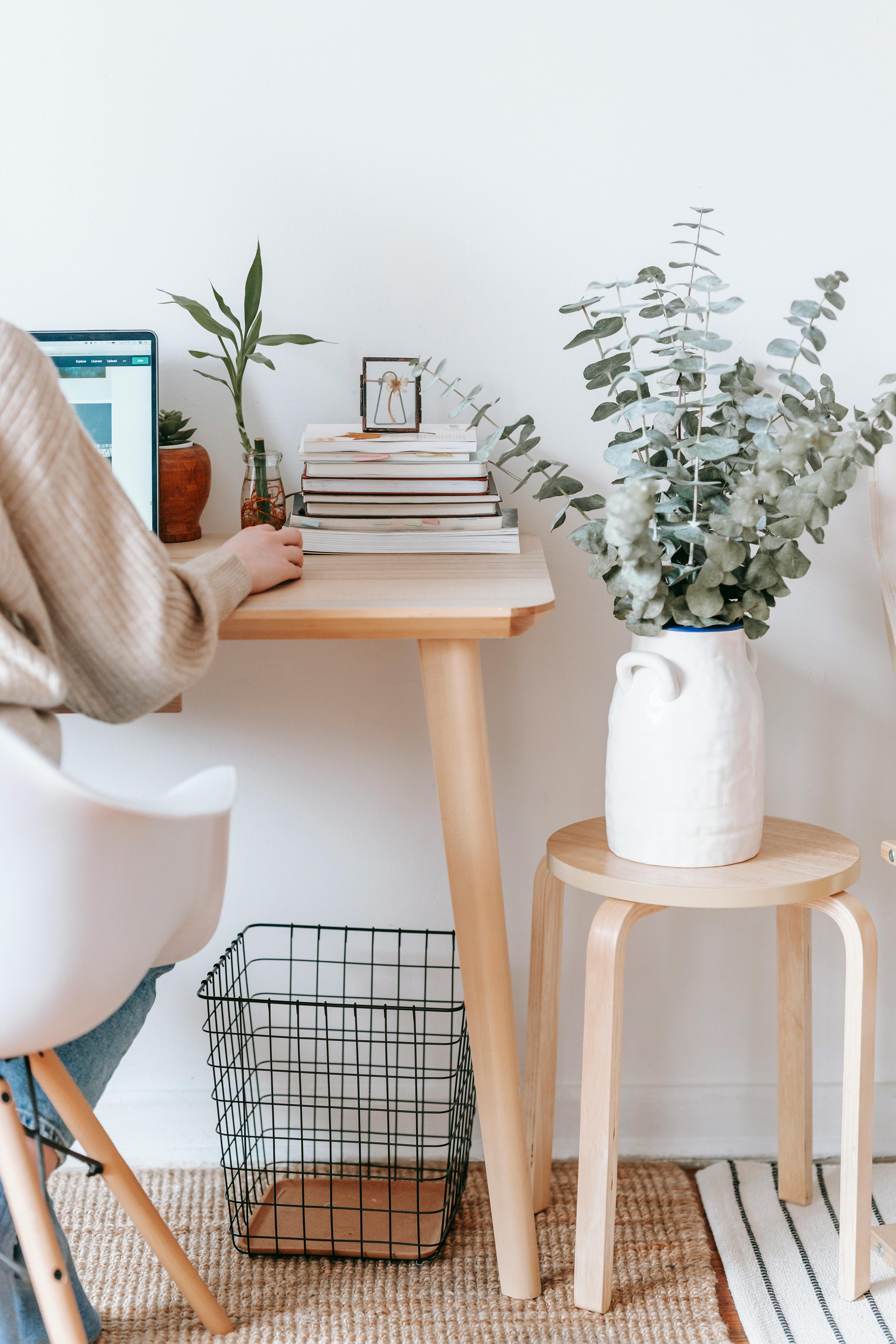High School Organization Hacks: Maximize Your Time and Space
Learn how to reduce stress and stay on top of your responsibilities with these amazing practical high school organization hacks.

Even though high school can be a time of demanding schedules, growing responsibilities, and constant deadlines, it's also an opportunity for development and exciting opportunities. It's easy to feel like there aren't enough hours in the day when you're juggling extracurricular activities, studying for tests, keeping up with friends, and keeping track of assignments. That's why I'm such a huge advocate for high school organization hacks. They make like 10x easier.
Creating systems that work for you is SO IMPORTANT. Efficiently managing your time, priorities, and resources is more important than simply keeping your locker clean or making to-do lists. Being well-organized can help you take charge of your day and make time for the things that are most important to you.
Here are some of my tried-and-true methods to help you become an expert at all high school organization hacks. These tips will help you navigate the chaos of high school with ease and confidence. Whether it's organizing your study routine or creating a foolproof planner, you'll be a pro at these high school organization hacks. By the end, you will have useful tools to help you manage stress, stay ahead of deadlines, and maximize your time in high school.
This post is all about the best high school organization hacks.
High School Organization Hacks
1. Keep a Separate Folder or Notebook For Each Class

Staying organized in high school begins with designating separate areas for each class's supplies. I find that it's important to invest in durable folders or notebooks and assign one to each subject. This ensures that your notes, handouts, and assignments are always in the appropriate location.
When it comes time to study for an important exam, you won't waste time flipping through pages of random, unorganized notes. Consider color-coding: assign a color to each class and use matching folders, notebooks, or labels. This visual cue makes it simple to grab the right materials quickly, even in a hurry. Having separate folders or notebooks helps to avoid the dreaded mix-up of turning in the incorrect homework.
The key is consistency; return materials to their designated spots. Make sure you return materials to their designated locations as soon as possible after class to keep your system running smoothly and without stress. It might seem like overkill to have so many supplies for school, but I swear by having separate folders for everything.
2. Have Separate To-do Lists

Managing multiple priorities becomes much easier when your tasks are divided into distinct categories. I love to create separate to-do lists for schoolwork and personal responsibilities. Your school list could include assignments, upcoming tests, and group project deadlines. While your personal list could include chores, errands, or social obligations. Separating these lists allows you to focus on one area at a time without becoming overwhelmed.
This way when you sit down to study, you can concentrate solely on finishing your homework without being distracted by reminders to clean your room or text a friend back. You can also effectively prioritize by addressing the most urgent tasks on each list first. Task prioritization is one of the best ways to keep your life and responsibilities organized. This method boosts productivity while keeping you balanced and on top of things.
3. Use a Planner

A planner is an extremely useful tool for any student looking to stay organized and productive. The key to using a planner, whether paper or digital, is consistency. Planners allow you to track assignments, deadlines, and other commitments in one place, giving you a clear picture of your schedule.
One of the best ways to make sure you never forget an assignment is by writing down each homework assignment as soon as it is assigned and marking test dates as soon as they are announced. You can also include extracurricular activities, work shifts, and personal appointments to avoid overcommitting or missing important events. The benefit of a planner is that it helps you visualize your time. It allows you to see where you might have free time for studying or relaxing.
I think color-coding is the best thing on this planet, so to make your planner even more useful you can color-code your tasks by category. One color for school, another for sports, and a third for personal events. At the beginning and end of each day, check your planner to ensure you're on track and adjust your schedule as needed. This habit will not only relieve last-minute stress, but will also help you develop time-management skills that will serve you well after high school.
The Best Student Planner Apps Every High Schooler Needs
4. Daily Schedule

A well-planned daily schedule can help SO MUCH when it comes to managing your time and responsibilities. Spend a few minutes each evening or morning planning out your day, breaking it down into manageable chunks of time. I like to start by listing all of the things I need to do, like attending classes, doing homework, and going to practice, and then estimate how long each task will take. Assign specific time slots to these activities, prioritizing the most urgent or difficult tasks earlier in the day when your energy levels are higher.
For example, you might plan to complete a math assignment before lunch and devote the afternoon to a group project. A daily schedule keeps you focused and ensures that you make the best use of your time. It also serves as a road map, keeping you from forgetting important tasks or overbooking yourself.
The act of crossing off completed items is not only satisfying, but it also motivates you to keep working through your checklist. I've found that doing this daily helps leaps and bounds with each day going smoothly. You'll feel much more confident that you aren't forgetting or missing anything.
11 Tips to Create the Most Effective Study Plan for Students
5. Give Yourself Buffer Time

No matter how carefully you plan, life is full of unexpected delays and challenges. That's why it's critical to incorporate buffer time into your schedule. Buffer time is the extra time you give yourself between tasks to deal with unexpected events or simply to relax. For example, if you estimate that writing an essay will take 45 minutes, set aside an hour instead. That way, if you have a mental block or need to double-check your work, you won't get behind.
Similarly, make sure you leave gaps between activities such as commuting to and from school or switching from academic to extracurricular activities. These extra moments of time can help you relax, avoid feeling rushed, and deal with unexpected interruptions. Even if everything goes well, you can use this time to relax or get a head start on your next task.
6. Plan Breaks Into Your Day

It might seem like breaks have nothing to do with organization, but I've come to learn that they are honestly the most important part. Working nonstop may appear productive, but I find that it just leads to burnout and decreased focus. Scheduling regular breaks into your day is a simple but effective way to stay energized and maintain mental clarity. The key is to use these breaks strategically. For example, after 50 minutes of studying, take a 10-minute break to stretch, walk around, or get a snack. This brief pause allows your brain to reset and process what you've learned, making your subsequent study session more effective.
Longer breaks, such as lunch or time outside, can help you recharge and avoid feeling overwhelmed. Planning breaks ahead of time reduces your chances of procrastinating or wasting time. Furthermore, knowing you have designated time to unwind can help you stay focused during work periods.
7. Have a Designated Work Space

Your surroundings have a significant impact on your ability to focus and stay organized. Having a designated workspace where you can consistently go to focus on schoolwork, can make a significant difference. Ideally this area should be quiet, well-lit, and free of distractions such as loud noises or clutter. For many people, this could be a desk in their room, a library table, or even a comfortable seat at a local café. The key is to create an environment in which you feel comfortable and motivated.
If you can, make sure you personalize your workspace with items such as a favorite mug, motivational quotes, or photos, and keep essential supplies (pens, notebooks, chargers) within easy reach. When you consistently study or work in the same location, your brain begins to associate that area with focus and productivity, making it easier to get into the right mindset when you sit down to work.
Quick Guide: How to Create a Study Room
8. Make Sure Everything Has a Place

Clutter can easily derail even the best organizational systems. So it's critical to give everything you own a designated space. Every item, whether it's a backpack, locker, or desk, should have a designated location so you can easily find what you need when you need it. For example, keep your pens and highlighters in a pencil case, your notebooks neatly stacked on a shelf, and your textbooks organized in your locker.
To organize similar items, use small containers, bins, or drawer dividers—for example, all of your art supplies in one box or all of your chargers in one drawer. Making it a habit to return items to their designated spots after use will save you time and stress. This practice also keeps your workspace clean and organized, which can help you focus and stay motivated.
This post was all about high school organization hacks.
25 Habits of Successful Students You'll Want To Try Immediately